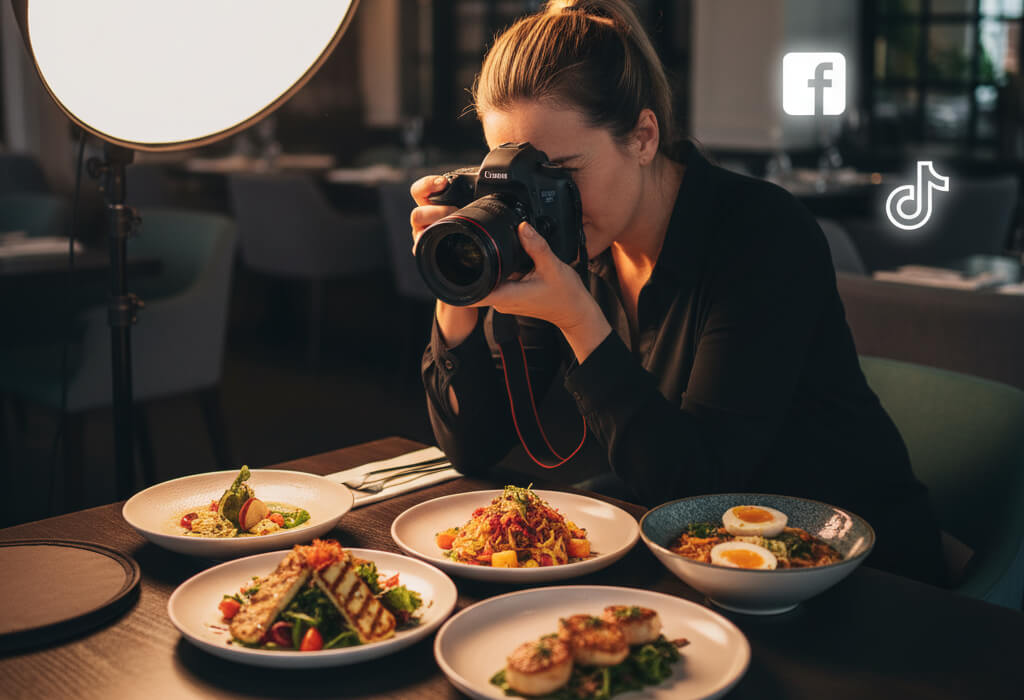October 03, 2025

In today’s digital world, the first thing diners often encounter is not the ambiance of your restaurant, but the images of your dishes online. High-quality food photography can be a game-changer for your restaurant’s marketing, helping attract more customers, increase online orders, and enhance your brand image.
It’s no secret that visuals play a massive role in influencing purchasing decisions. Research has shown that 92% of consumers consider images a key factor in their buying choices. For a restaurant, this means your online images can have a direct impact on whether a potential guest decides to visit or place an order.
For more on building a strong online identity, check out Restaurant Branding 101: Why Your Online Identity Matters.
Related Reference: HubSpot – Importance of Visual Content.
Getting food photography right isn’t just about snapping a picture; it’s about making the food look as delicious as it tastes. Here are some principles to follow:
To learn more about presenting your restaurant’s digital identity, visit The Ultimate Restaurant Website Checklist: From Menus to Mobile UX.
Food photography does more than just make your website look nice—it can drive sales:
Want to see how effective it can be? Check out How One Restaurant Increased Bookings by 40% With a New Website.
Related Reference: Sprout Social – Visual Marketing for Restaurants.
It’s not just about uploading pictures—there are ways to ensure your images not only look good but also help improve your website’s performance:
For more on why these techniques matter, check out The Future of Restaurant Websites: Why Your Online Presence Will Make or Break You in 2025.
Food photography isn’t just about making your dishes look good online—it’s an essential marketing tool that can directly influence customer decisions. By focusing on high-quality, strategically shot images, you can boost your restaurant’s online presence, improve conversion rates, and strengthen your brand identity.
Investing in food photography isn’t optional anymore. It’s a must for modern restaurants looking to stay competitive and connect with their audience in a visually engaging way. So, make sure your food photography is a key part of your restaurant’s digital strategy—it’s not just about showcasing great food, it’s about driving real results.
Stay up to date with the latest tips, expert insights, product reviews, and step-by-step guides to help you grow, create, and succeed—no matter your industry or passion.